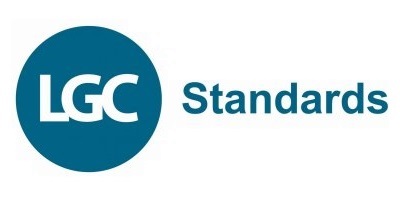Scitegrity assists in an assesment of proposed changes to the Misuse of Drugs Act
In January, Scitegrity was asked by the UK Government and Advisory Council on the Misuse of Drugs (ACMD) to assist in a technical evaluation of a new proposed generic statement controlling Acyl Piperazines.
Specifically they wanted to understand if there was at risk of a repeat of the issues seen with the 2016 amendment for 3rd generation cannabinoids, whereby a poorly worded generic statement lead to medically useful chemical space unrelated to cannabinoids becoming controlled, impacting legitimate research, use and trade.
Working to short timelines, Scitegrity assessed the proposed Acyl Piperazines statement against a database of 10 million commercially available chemicals to assess the scope of such “collateral damage”. Fortunately the impact was assesed as likely to be low, with very few chemicals flagged and those that were clearly related to acyl piperazine bucinnazine and likely to be of abuse.
The full ACMD report is available here.
It is encouraging that regulators are now thinking carefully about unintended impacts when controlling areas of chemical space and we invite other regulators to make contact with us to see if we can assist in similar assessments in future.
If you would like to check if your chemicals are impacted by this or other areas of controlled chemical space globally, please make contact with us.
The full wording we assessed is below.

Bucinnazine (1-butyryl-4-cinnamyl piperazine) and any compound structurally derived from bucinnazine by modification in any of the following ways,
(i) By substitution to any extent by methyl in the piperazine or phenyl rings
(ii) By replacement of the butyryl group by another acyl group containing three, four or five carbon atoms
(iii) By substitution in the phenyl ring by a nitro group
(iv) By addition of an ethylenic bridge across the piperazine ring
Trusted by our Clients











